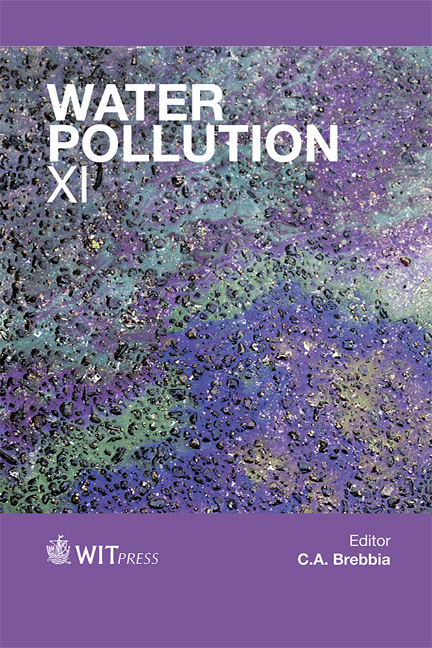A Monitoring Strategy In View Of Water Framework Directive Requirements With Focus On Anthropogenic Micropollutants
Price
Free (open access)
Transaction
Volume
164
Pages
10
Page Range
289 - 298
Published
2012
Size
443 kb
Paper DOI
10.2495/WP120251
Copyright
WIT Press
Author(s)
A. Brunsch
Abstract
The Water Framework Directive of the European Commission sets down regulatory requirements regarding harmful chemical substances in surface waters and measures to reduce such presence. Member states are responsible for implementation. In Germany the surface water ordinance (Oberflächengewässerverordnung) was adopted for this purpose in 2011. Currently the matter of whether to extend the list of substances to be reduced or eliminated in surface waters is being reconsidered. Among the types of substances under discussion are pharmaceuticals. To fulfil the requirements of the Water Framework Directive, it is essential that sophisticated local monitoring programs be conducted to obtain a useful knowledge base regarding the water quality situation of surface waters. Such a program is applied to the Swist watercourse, a tributary of the Rhine river. One component is establishment of a balancing of emissions for the purpose of identifying relevant sources, pathways and inputs of pollutants. Monitoring data is thus obtained from various source areas such as wastewater treatment plants, sewerage system outlets and runoff from landscape. To understand cause-effect relationships and to validate emission data, an immission monitoring strategy has also been established for the Swist. Furthermore, a scenario based measuring initiative with focus on anthropogenic micropollutants has been recently introduced into the existing monitoring program. This initiative is being conducted to expand knowledge of both the fate and behaviour of anthropogenic micropollutants in the Swist watercourse. First results show the appearance of a range of micropollutants, with highest concentrations of Diclofenac, Carbamazepin and Diatrizoat. Keywords: monitoring, emission sources, anthropogenic micropollutants, priority substances, water management.
Keywords
monitoring, emission sources, anthropogenic micropollutants, priority substances, water management





